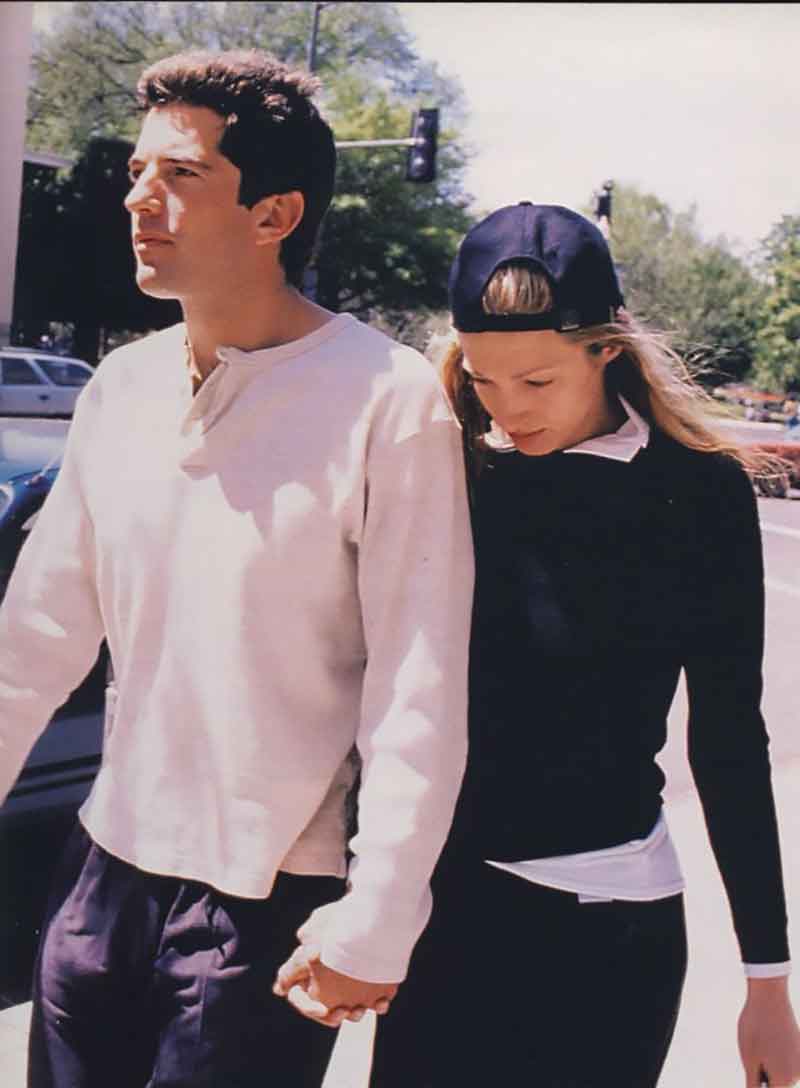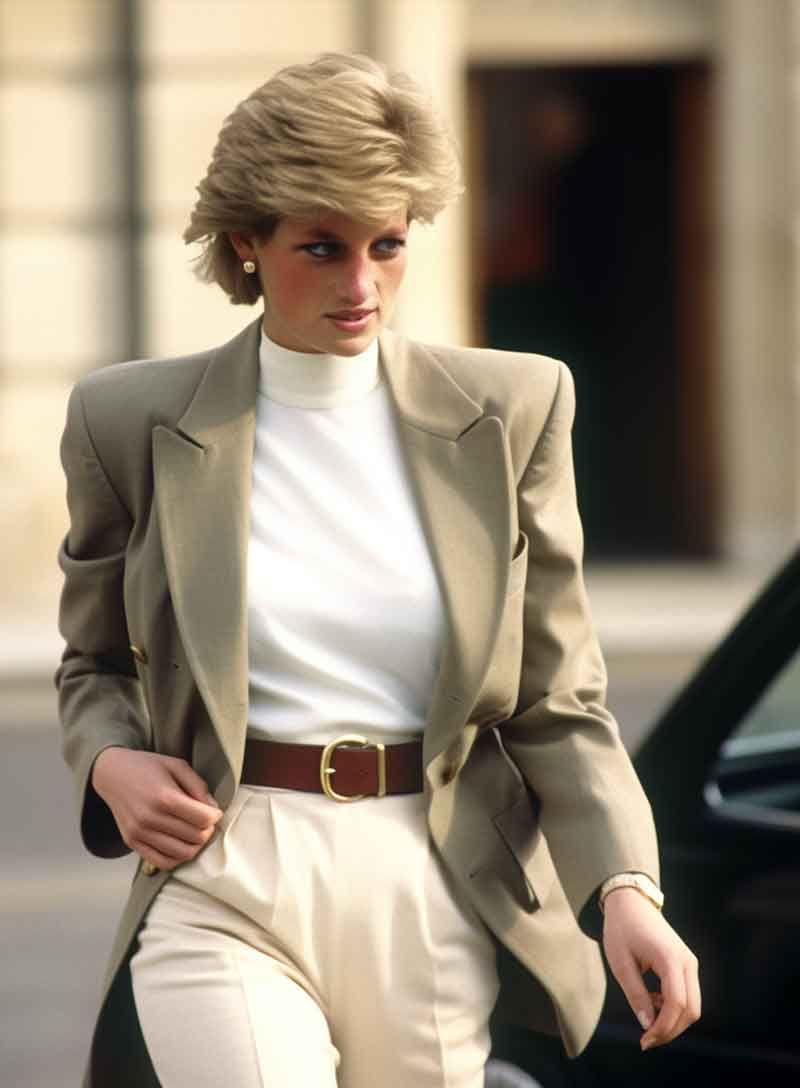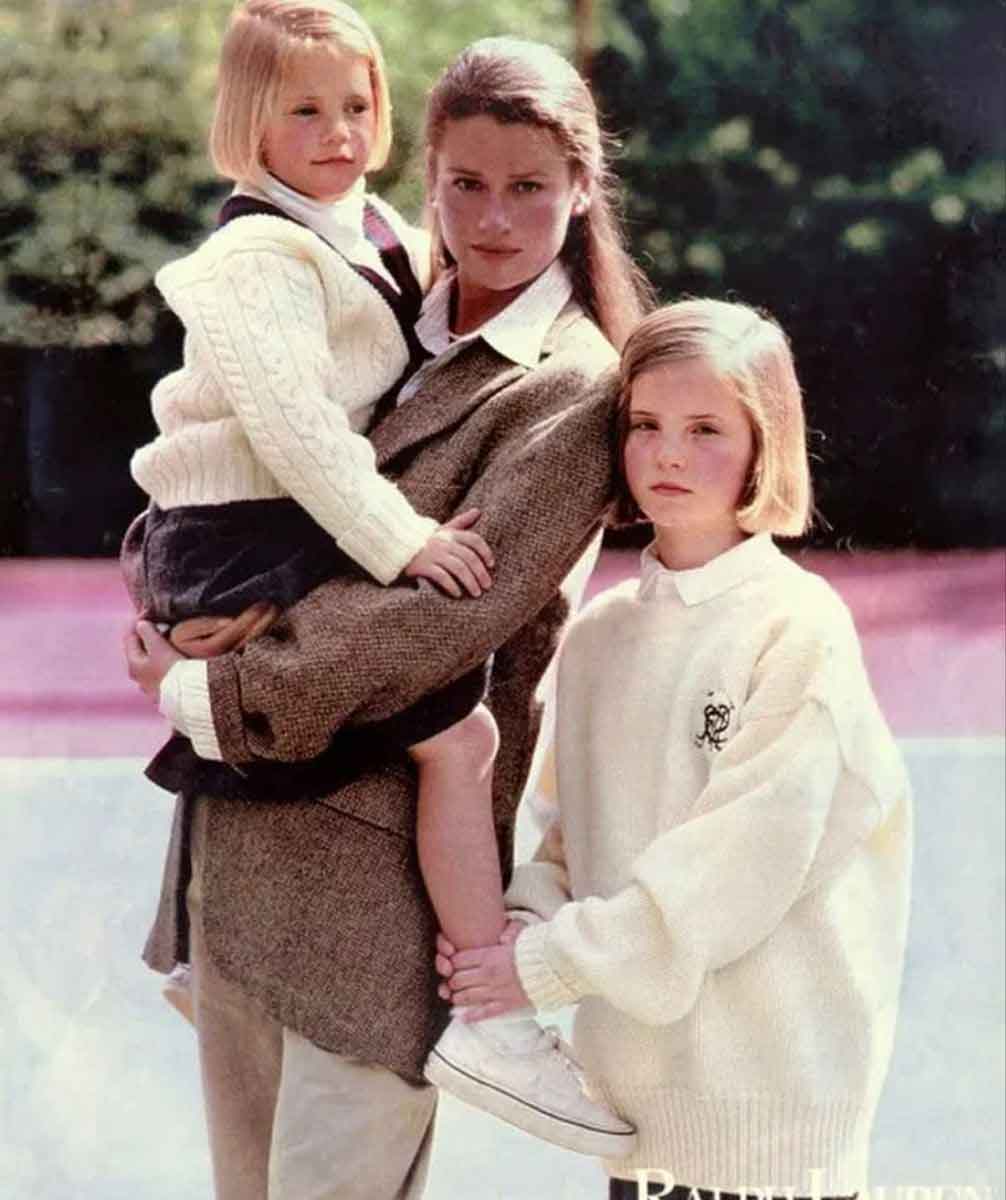On Instagram, the hashtag #OldMoney has nearly a million posts and #OldMoneyAesthetic about 360,000. It’s like opening a door to a world of timeless sophistication, where luxury is whispered and elegance is the undisputed queen.
According to the Oxford definition, “Old Money” means inherited rather than earned wealth. This implies that aspiring to live an “old money” lifestyle may seem an unattainable goal, as it requires being born under the right circumstances, with the right surname and a substantial inheritance. It is perhaps for this reason that, in the eyes of Gen Z, aesthetics have taken a predominant role. The concept of “old money” has turned into an aesthetic trend, rather than being regarded as a life goal.
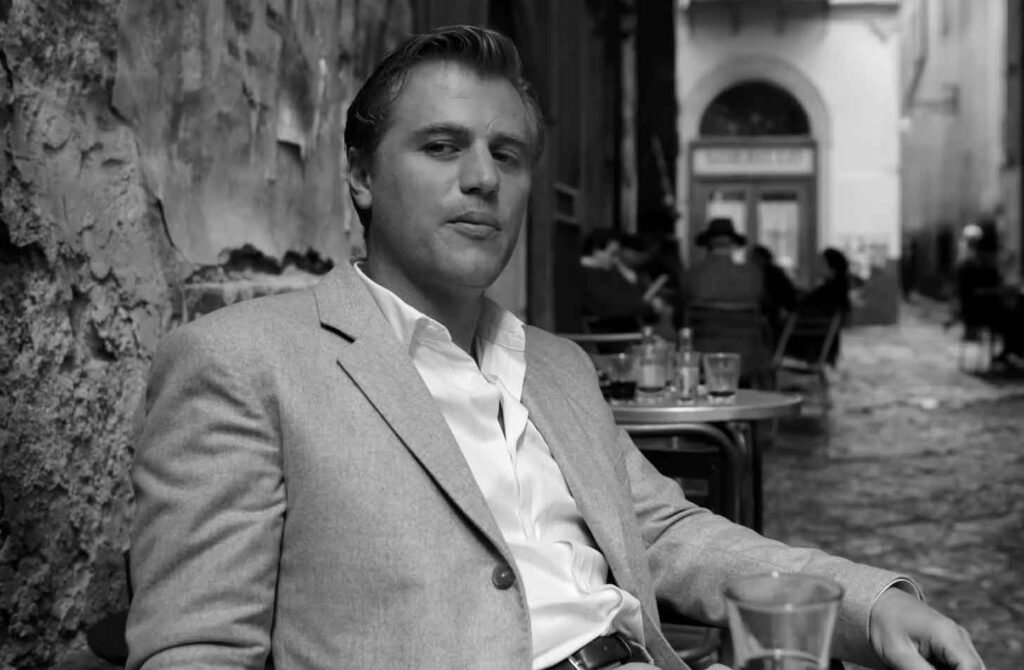
This is closely echoed by the protagonists of TV series such as Succession, Saltbaurn, the Dickie Greenleaf of the newest Netflix series, Ripley, inspired by Mr. Ripley’s Talent, or vintage Ralph Lauren or Barbour advertisements.
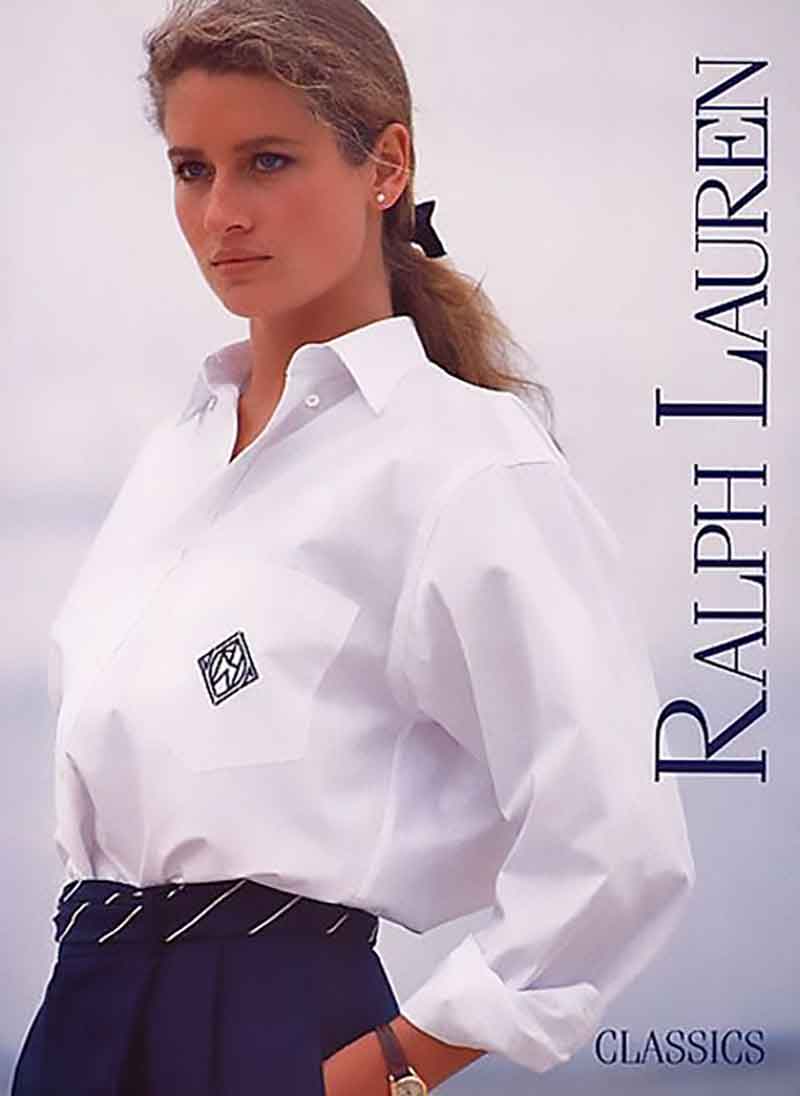
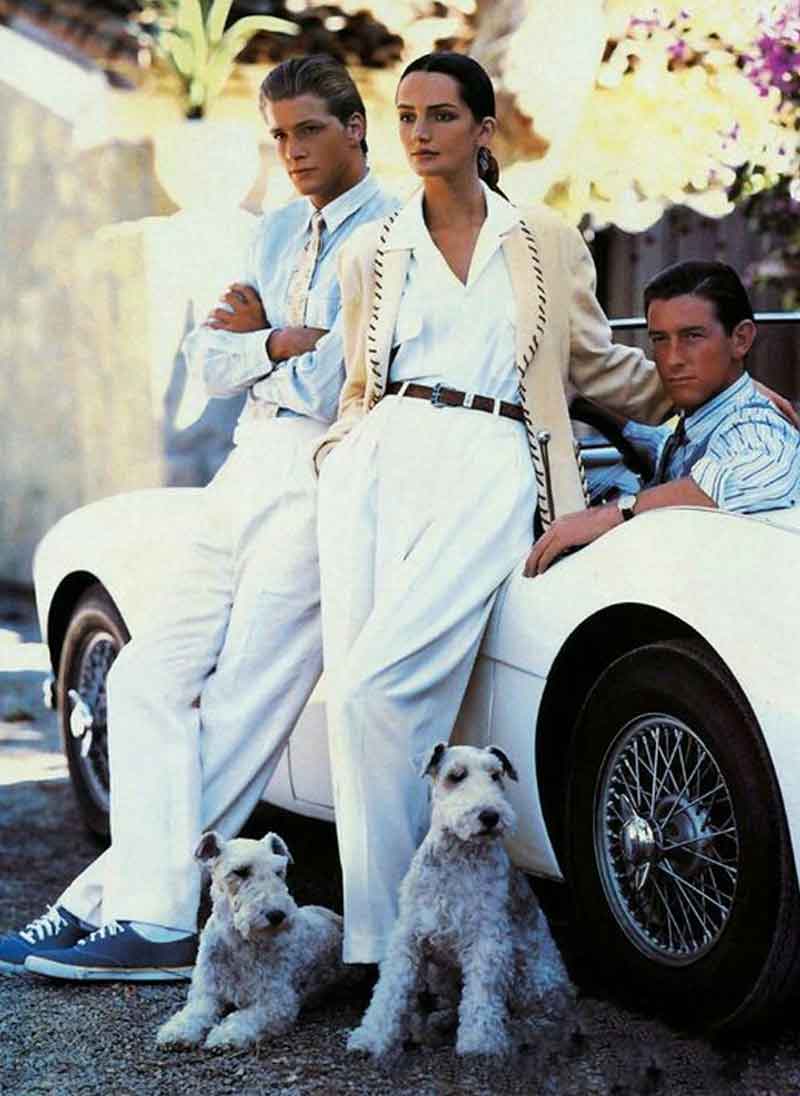
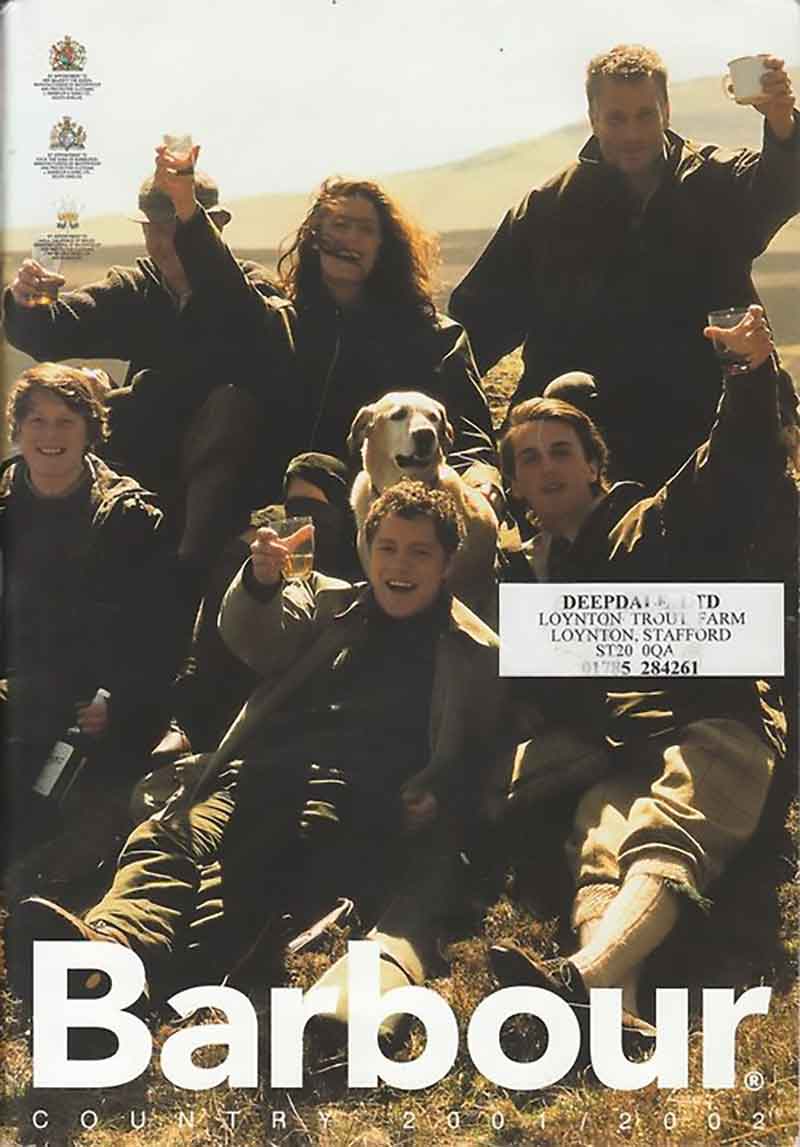
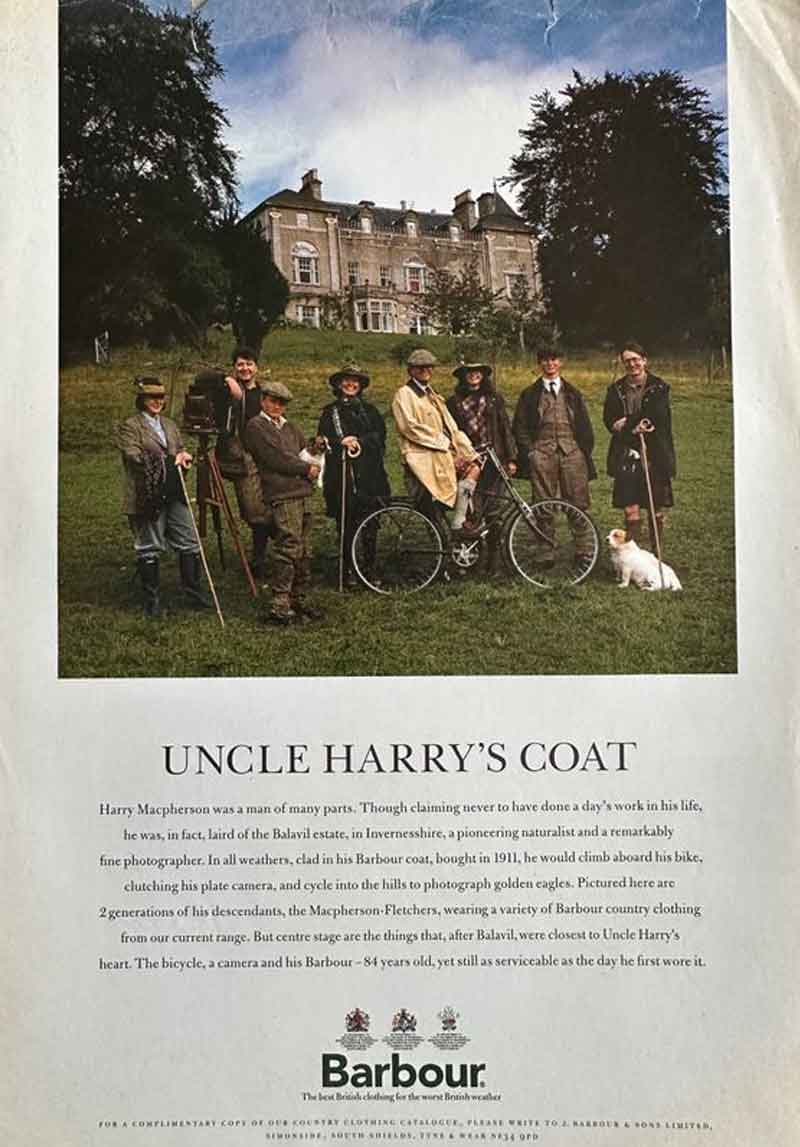
The mainstays of the “old money look” include polo shirts, the “quiet luxury” designer items, as well as argyle vests, white sneakers, shorts, quilted coats, and tailored garments.
Although the Old Money aesthetic may seem light years away from sustainable fashion, the offerings are based on high-quality garments in neutral shades that can be worn interchangeably and made to last.
The watchword is to shop consciously and invest in your wardrobe. It might be considered a ‘trend’ in its own right, but the look associated with it can accompany you for decades and the garments are meant to last.
The appeal of being ‘timeless’ lies in being able to create a wardrobe that can be worn forever, with pieces that will never age or follow the whims of trends.
